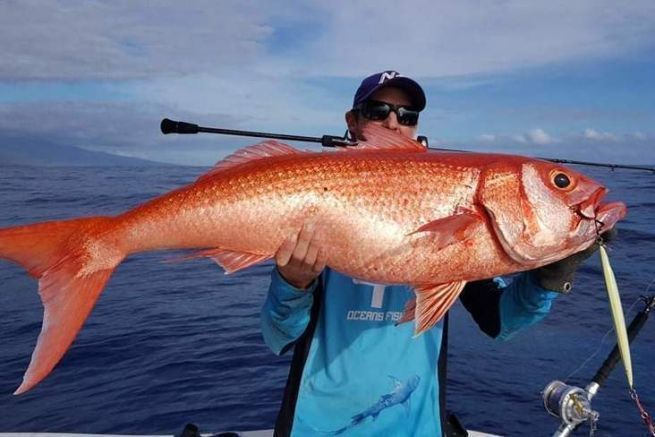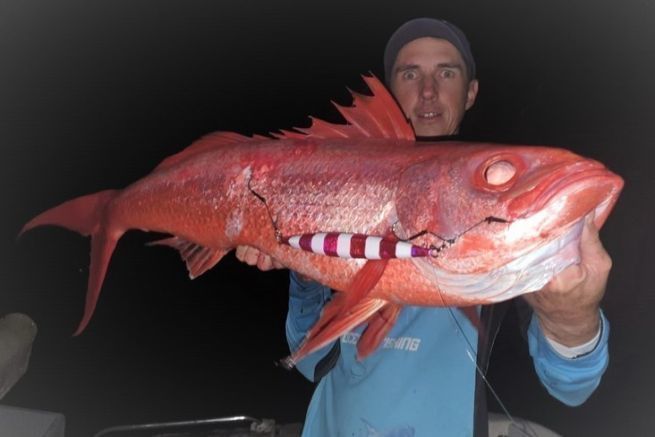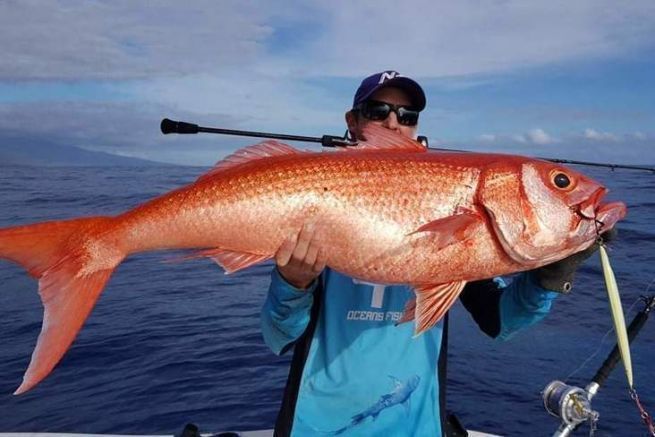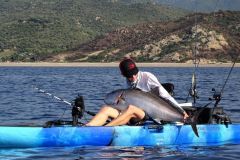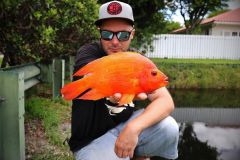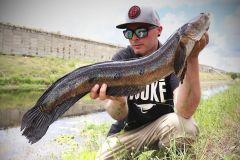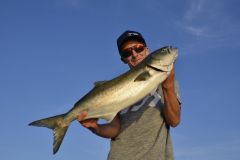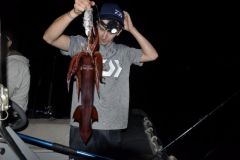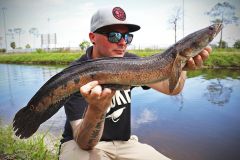Indeed, it is all a question of depth since you will not use the same slow jig weights in 100 meters as in 400 meters. Knowing that in exotic waters the currents can be very violent, and even cross in different directions, it is vital that you pay close attention to the choice of your slow .
The rod for slow jigging
As we mentioned in the previous article, you will have to choose the rod according to the weight and therefore your average depth aimed.
For depths from 100 to 200 meters, I would recommend a maximum power of 350 grams. For depths of 200 to 400 meters, a power of 600 grams will be more adapted to fight against the currents that you could encounter with a 400 or 500 grams jig. Finally, for the more adventurous, the 900 grams or more power will allow you to probe the abysses at 400 meters and more.
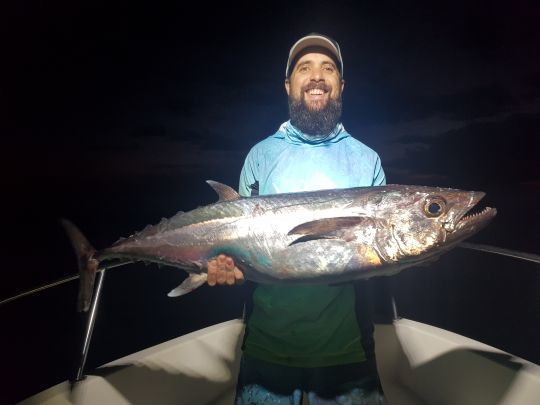
The right reel
The choice of the reel will be made according to different criteria:
- The ratio
For slow motion I strongly advise you to go for casting which lends itself much more than reels spinning to this fishery. They have more capacity, no pick-up to open, are faster to strike and finally, they allow a much more precise control of the descent of your slow. As soon as you go over 200 meters opt for rather for a fast ratio (1m17 approximately) which will allow you to go up more quickly your slow (long and tiring phase when one wants to change zone) but especially to facilitate you the animations (slow pitch 1/4 of turn of crank until more than one turn).
- The capacity
The capacity is directly related to the depths you wish to fish, do not forget that the current can be non-existent on the surface, but of several knots at the bottom. For example, plan to be able to bring in at least 500 meters of braid for depths of 300 meters, and 600 meters of braid to fish at 400 meters of depth, and so on...
- Its brake system
The disengagement system: there are different systems to disengage the line (release the line or engage the brake of your reel) in a way that general, you will have two choices.
The brake lever which will have 3 positions (free, strike and full strike) reels which will have the advantage of having big brakes and nice capacities.
Or the little trigger on the side that releases the wire and reengages on the first turn of the crank, which will allow you to be much more responsive when hitting the keys on the way down.
Lures to use for slow jigg in exo
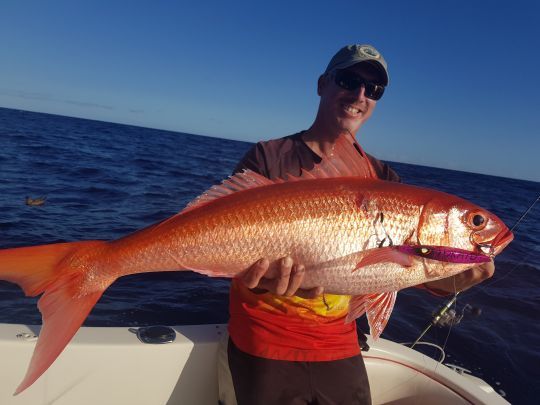
Given the number of slows that exist, I will mainly focus on the forms.
Rounded slows of the willow leaf type will be very gliding and adapted to shallow areas. While the slows much longer with generally flat faces will allow to quickly reach the deep sea by undergoing the least possible the currents which you will meet.
As for the arming, you can use a double "heart" assembly or a simple assist on each end.
Take the time to determine the areas you want to explore so you don't make any mistakes before choosing your equipment!

 /
/ 